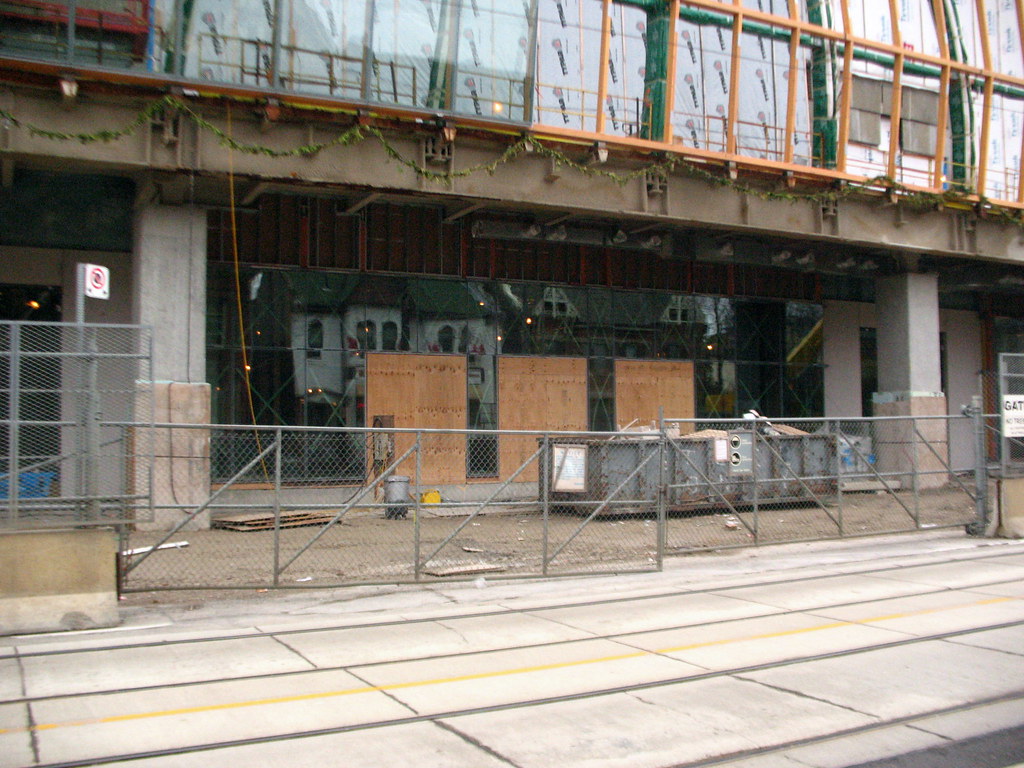From the Star:
Inside the AGO
Jan 14, 2008 04:30 AM
Joanna Smith
Staff reporter
The Art Gallery of Ontario may have closed its doors a few months ago to complete its $254 million makeover by renowned architect Frank Gehry, but the building is far from empty as staff is working hard to turn a series of rooms into a gallery. We rang the doorbell outside the noisy shipping dock entrance to get a glimpse of the work in progress.
At a glance
As curator of Canadian art, Gerald McMaster resembles a giant lording over a vast kingdom.
It helps, of course, that today his domain is only a fraction of its actual size – so small, in fact, that it is sitting on a table.
McMaster says the scale model, complete with tiny full-colour copies of the paintings on the walls, helps museum staff figure out where everything should go without having to install artwork and then take it down again every time they change their mind.
"We started out working on paper, but then we soon realized, `What does the artwork look like in scale, in real space?'"
In another room around the corner, the model is a step closer to the real thing.
There, a Thomas Smith sculpture called Two Women sits on its pedestal surrounded by paintings and drawings hung on the walls.
However, the sculpture is actually a cardboard cut-out, kind of like the highbrow version of something you would see in the lobby of a movie theatre.
"This is just to see: `Will it work right there?'" McMaster says, noting that sculptures are much heavier to move around than other media if museum staff realize they do not fit.
"We have from now to opening to get it right," he says. "It's a lot of playing chess."
The salon
A room where dozens of paintings hang tightly together on deep red walls in the style of a 19th century salon was a popular feature of the AGO before it closed for renovations.
Its spirit will remain when the museum reopens, scheduled for September, but McMaster says they are switching things a bit.
The paintings are now arranged chronologically, beginning with the time of Confederation in 1867 on one side and then proceeding through the decades to paintings done in 1918 on the opposite wall.
The style of salon also shifts to reflect the periods the works are from, with one wall arranged tightly and then becoming looser as the room continues.
The salon now also showcases more work by women, such as Gertrude Spurr Cutts, Alice Des Clayes, Mary Ella Dignam, Caroline Farncomb, Marion Long, Laura Muntz Lyall, Helen Galloway McNicoll and Frances Norma Loring.
Favourites, such as Paul Peel's After the Bath from 1890, will remain in the space visitors have become accustomed to seeing them.
Prompting the viewer to think
McMaster removes a large sheet of cardboard from two works on paper hanging on the wall not too far from a bunch of crates and power tools.
Works on paper can be shown only three months at a time so the light does not damage them, he explains, and the cardboard prolongs their shelf life while the museum is void of visitors.
The works, Red Tree by Emily Carr and Fir Tree, Beaver Lake by Rodney Graham, are from different periods but they all depict trees.
They hang alongside a painting of a tree by Alex Colville, called Elm Tree at Horton Landing.
McMaster says the museum is trying to arrange works thematically rather than chronologically in order to prompt a more engaged response from the viewer.
Just around the corner from the trees, an entire room devoted to the theme of "quest" from many different historic periods is reaching for the same idea.
"It's about stopping people right away and getting them to think, rather than just grazing," he said.
AoD







